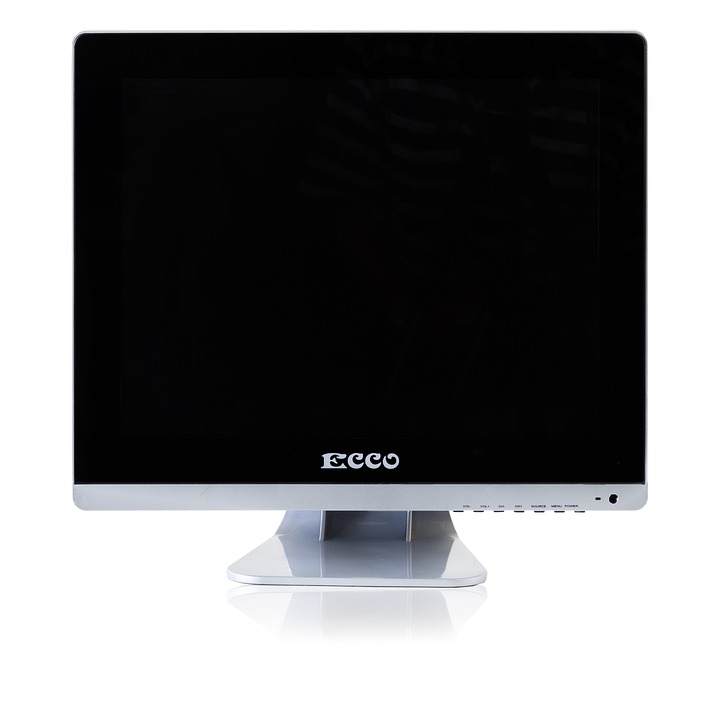<divーム
TFT LCD or LED? Is TFT LCD display good?

TFT LCD (Thin-Film Transistor Liquid Crystal Display) displays have been the standard for many years, and with good reason. They offer a great balance of brightness, color accuracy, and energy efficiency. However, with the rise of LED (Light Emitting Diode) displays, many are wondering: Is a TFT LCD display still good?
What is a TFT LCD display?
A TFT LCD display uses a layer of liquid crystals to block or allow light to pass through a matrix of pixels. This creates an image on the screen. The liquid crystals are controlled by thin-film transistors (TFTs), which are designed to switch the liquid crystals on and off to create different images. The backlight, typically an array of LEDs, illuminates the liquid crystals, making it possible to view the image.
Advantages of TFT LCD displays:
- Energy Efficiency: TFT LCDs are generally more energy-efficient than other display technologies. They only use power when the screen is on, and their power consumption is often measured in milliwatts, while LED displays can consume tens of watts.
- Cost-Effective: TFT LCDs are often less expensive to manufacture and purchase than LED displays with similar specifications.
- Wider Viewing Angles: TFT LCDs typically have wider viewing angles than LED displays, making them easier to use in bright lighting conditions.
- Faster Response Times: TFT LCDs tend to have faster response times, reducing ghosting and blurring, making them suitable for fast-paced content like gaming and video.
Disadvantages of TFT LCD displays:
- Limited Brightness: TFT LCDs are often limited to a maximum brightness, which can be insufficient in very bright environments. This is because they rely on a backlight, which can be difficult to increase in intensity.
- Color Accuracy: While TFT LCDs have made significant strides in color accuracy, they can still be outperformed by LED displays.
- Limited Contrast Ratio: TFT LCDs often struggle to achieve the same level of contrast as LED displays, leading to a less immersive viewing experience.
What is an LED display?
An LED display, typically an In-Plane Switching (IPS) or a Plane-to-Line (PML) display, uses LEDs as the backlight. The LEDs are arranged in a matrix, and individual LEDs can be controlled to create a specific color and brightness. This allows for better color accuracy and contrast.
Advantages of LED displays:
- Higher Brightness: LED displays can achieve much higher brightness levels than TFT LCDs, making them suitable for use in extremely bright conditions.
- Better Color Accuracy: LED displays can produce a wider range of colors and can maintain color accuracy, even in bright environments.
- Improved Contrast Ratio: LED displays can produce a higher contrast ratio, resulting in a more immersive viewing experience.
Disadvantages of LED displays:
- Power Consumption: LED displays, due to their often higher power consumption, can be more energy-hungry than TFT LCD displays, especially when using high-brightness settings.
- Cost: LED displays are generally more expensive to manufacture and purchase than TFT LCD displays.
- Viewing Angles: LED displays can have limited viewing angles, making it difficult to view the screen from the side.
Conclusion:
Both TFT LCD and LED displays have their strengths and weaknesses. TFT LCDs are excellent for general use, offering a good balance of brightness, color accuracy, and energy efficiency. However, if you require a high-brightness display, a more accurate color palette, or a higher contrast ratio, an LED display might be a better choice. Ultimately, the choice between a TFT LCD and an LED display depends on your specific needs and preferences.
FAQs:
- Are TFT LCDs still good? Yes, TFT LCDs are still good, offering a great balance of brightness, color accuracy, and energy efficiency.
- Are LED displays better? Not necessarily, but they can be suitable for specific use cases, such as high-brightness or color-accurate applications.
- Can I use a TFT LCD in a bright environment? No, TFT LCDs are often limited to a maximum brightness, which can be insufficient in very bright environments.
- Can I use an LED display in a dimly lit room? Yes, LED displays can still work well in dimly lit rooms, but they might consume more energy than a TFT LCD.
- What is the difference between a TFT LCD and an LED display? The main difference is the backlight, with TFT LCDs using a matrix of liquid crystals and LED displays using an array of LEDs.

Leave a Reply